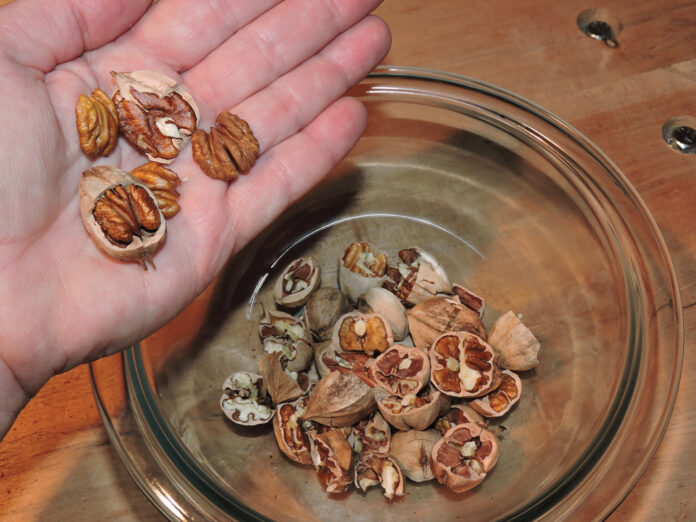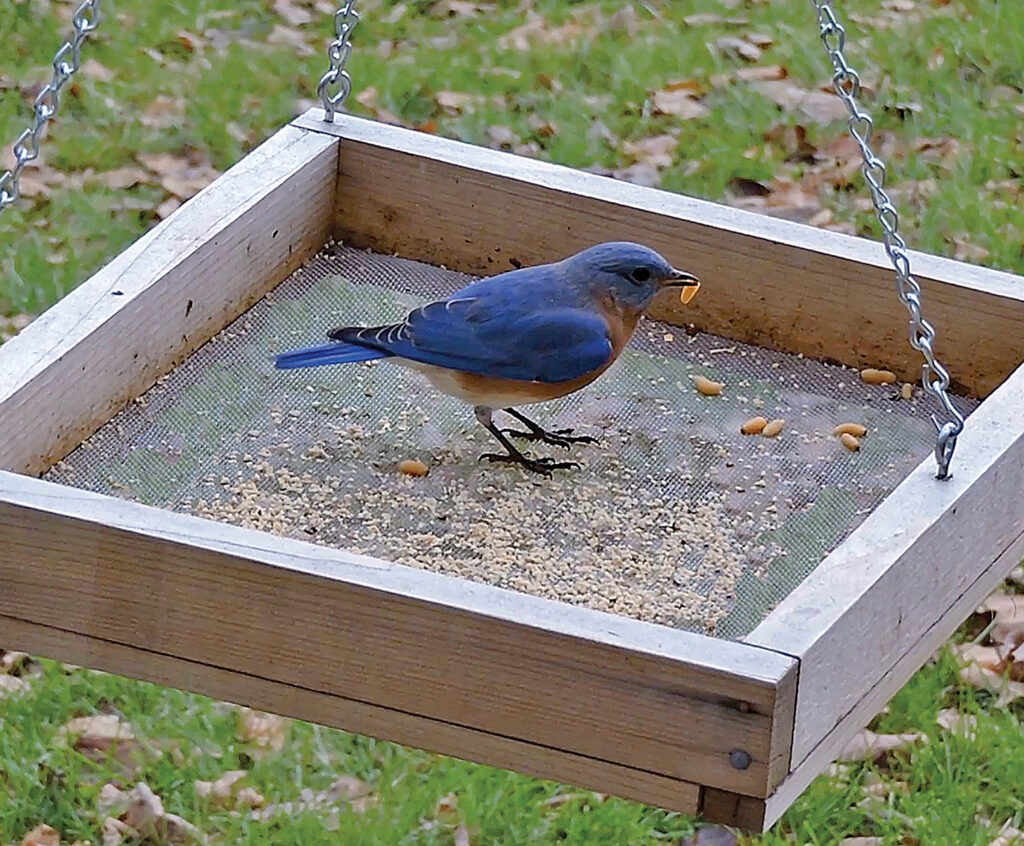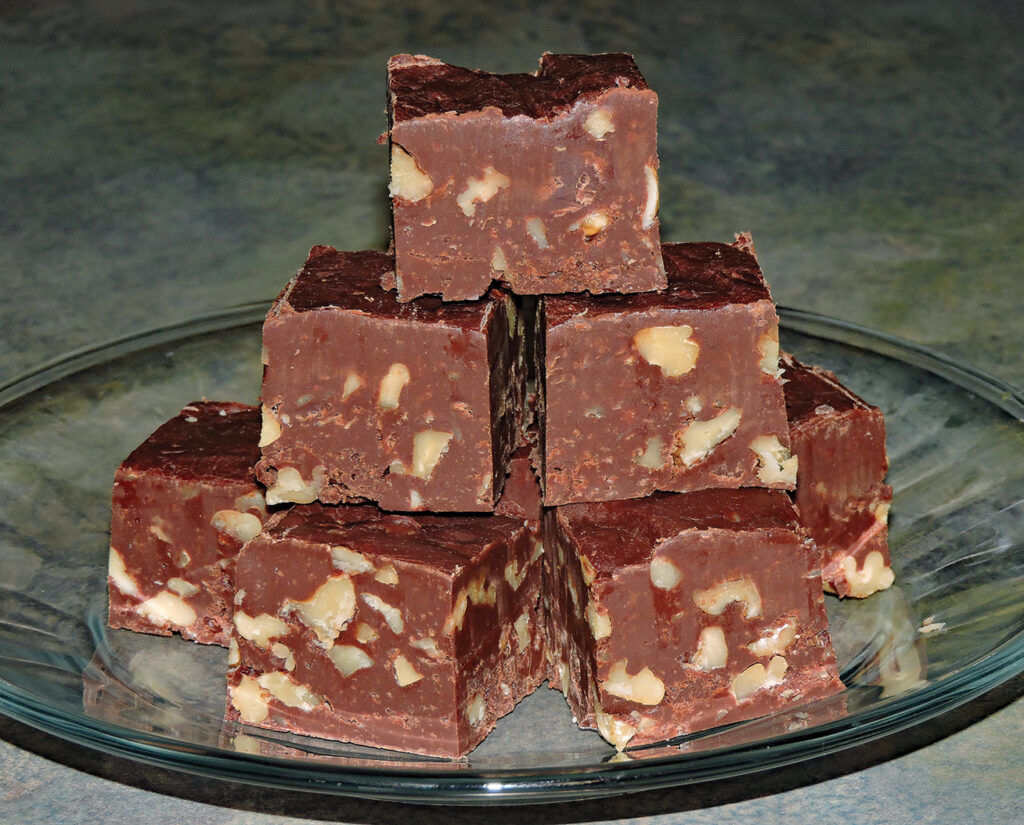
I hesitated to write this piece. I wasn’t sure I wanted to divulge one of the best-kept secrets of autumn. But since this is such an incredible year for mast crops, I decided it was safe to do so.
Here in the northeast, we have a variety of trees that produce nuts (mast), particularly beech, oaks and hickories. These trees will produce seeds every year, but every third year or so, they explode with an amazing yield. Branches hang heavy, and the fruit can be heard hitting the ground like rain.
This mast crop is incredibly important to wildlife. Mammals such as mice, squirrels, opossums, foxes, deer, bears and birds such as blue jays, woodpeckers, wood ducks and wild turkey, to name a few, all gorge themselves on this fall bounty.
Hickories

As summer progresses each year, I keep an eye on the hickory trees. There are 11 species of hickories native to North America, five of which can be found throughout Ohio and the northeast. These include shagbark, shellbark, mockernut, pignut and bitternut.
Hickories are members of the walnut family (Juglandaceae) and are in the genus Carya. They are known for their bark which is extremely rough in texture with verticle ridges and furrows. In species such as shagbark, large plates develop as the tree matures, curling out at the top and bottom and giving the trunk a shaggy appearance. Hickory leaves are compound, with a varying number of leaflets depending on the species.
Hickories are robust, deciduous trees with many desirable qualities. Reaching heights of 80 feet with large crowns, they are slow-growing and long-lived, some up to 500 years. Because of this slow growth, their wood is extremely dense and hard.
Hickory wood is highly sought-after because of its tough, shock-resistant qualities. It is used in the production of baseball bats, walking sticks and drumsticks. It is also used for flooring and furniture. Because of its high density, it makes incredible firewood with a long burn time and high heat output. Its pleasant aroma is used for smoking meats and other foods and it is also used for making charcoal.
Hickory nuts

Yet the hickory’s crowning glory lies within the fruits which it produces. In early summer, after the tree has leafed out, groups of pale green catkins can be seen hanging down from the branches. These male flowers catch the breeze which spreads their pollen to female flowers located near the tips of the branches.
Hickories are monoecious, meaning that both male and female flowers are produced on the same tree. This helps to ensure a greater pollination success rate. Soon after, round, green balls can be seen developing, becoming larger and larger as the summer progresses.
Depending upon the species, these can be round or egg-shaped and easily as large as golf balls. Hickory fruits contain a single seed, a beige-colored nut, surrounded by a thick or thin hull (depending on the species). At the onset of fall, these fruits turn brown and begin to fall to the ground.
I am sure that there are many of you who already know that no other type of nut rivals that of hickory nuts. Dense, sweet and rich, the taste of hickory nuts far exceeds that of walnuts or pecans. And once you have tasted them, you will be forever hooked.
Not all species of hickories produce edible nuts, however. Bitternut hickory nuts are so bitter, in fact, that many squirrels won’t even touch them. It is the nuts of shagbark, shellbark and mockernut that are heavenly in taste.
I am a hickory nut fanatic. During years when bountiful crops are produced, I spend hours beneath the trees gathering buckets of nuts. You see, hickory nuts can be stored in a cool, dry place for years. They can also be frozen.
Hickory weevil

Not all nuts scooped up from the ground are edible, however. Some of them host the larvae of an insect known as a hickory weevil.
In late summer, when the hickory nuts are nearly mature, adult weevils emerge from beneath the soil. Using their long snout, they chew through the hulls and into the nut, where they deposit their eggs. Upon hatching the larvae feed on the nut meat, growing and maturing. As the nuts begin to drop, the fully mature grubs, a creamy beige color with reddish-brown heads, chew a perfectly round exit hole and emerge into the world. They immediately burrow into the soil where they create earthen cells and remain for the next year or two.
I like to leave my freshly collected nuts in a bucket for several days. This gives the weevil larvae time to exit the nuts and collect at the bottom. I have watched up to six grubs, one by one, squeeze through the perfectly round hole.

For the birds
I know, for many, these appear as disgusting pests but I have found a wonderful use for them. I carefully put them in a plastic container with some sawdust in my refrigerator where they can be stored for months. Then, in the dead of winter, I pull them out and offer them as a special treat to my bluebirds. Fed a peanut butter mixture throughout the winter, the surprised birds happily gorge on these tasty bundles of fat, which far outrival the benefits of mealworms. Once the birds realize I am offering the weevil grubs, there is much competition from many different bird species.

Eating hickory nuts
So why aren’t hickory nuts readily available? Because it is incredibly challenging to crack and extract the delicate meat. There are many gadgets on the market for cracking, but I have found the easiest method is to position them in a vice. A single pull usually does the trick. The cracking is actually easy. Extracting the nut meat is what takes the longest. Using nut picks is the most effective method.
I love eating the nuts raw or roasting them lightly, which coaxes out the warm, sweet flavors. I have many go-to recipes that utilize the nuts including granola (my favorite), cookies, fudge and the famous “Grandma’s Old Fashioned Hickory Nut Cake” with penuche frosting. Keep in mind, hickory nuts contain omega-3 fatty acids and vitamin E which provide a healthy diet to both humans and wildlife.
As football season ramps up, I find myself settled in front of the TV each week with a bowl of cracked hickory nuts. I can usually extract a cup and a half of nut meat during a 3+ hour game. Multiply that by a three-game Sunday, and I have enough nuts for recipes throughout the following week.
If you’ve never experienced the taste of hickory nuts, now is the time. Here in northeast Ohio, we are having a banner year. So, get out there and collect a handful. It’s time you experience Mother Nature’s best-kept secret!














Well, I best start putting my shagbark in the backyard to better use. Also, it deserves to be mentioned, the shagbarks, turn the most beautiful shade of yellow in the fall, like having your own personal sun in the yard.
Hi…..will shagbark hickory grow in very damp or even wed areas? I am about to plant one here in Massachusetts for Arbor Day…..John
Shagbark hickory trees are generally tolerant to and grow well in wet soils.
Hi John, I suggest planting Shellbark (carya laciniosa). Shagbarks are tolerant, but they many not thrive in wetlands. Now the Shellbarks prefer to get their feet wet. The Shellbark is a bit more rare thus the nuts have higher value.
Wow I can’t believe after moving down to Georgia 7 years ago that all those nuts that were falling on the ground on the back part of my property are shagbark hickory nuts. 7 years of cursing at them when the mower hits them, until today I didn’t know I was missing out on a piece of heaven.